|
24 November |
| Ireland |
12–15 | |
|---|---|---|
| Try: Sugars (2), Maclear Pen: Parke | Report | Try: Loubser (2), Krige, Stegmann Pen: Joubert |
|
Balmoral Showgrounds, Belfast
Attendance: 15,000
Referee: JD Tulloch (Scotland) |


|
24 November |
| Ireland |
12–15 | |
|---|---|---|
| Try: Sugars (2), Maclear Pen: Parke | Report | Try: Loubser (2), Krige, Stegmann Pen: Joubert |
|
Balmoral Showgrounds, Belfast
Attendance: 15,000
Referee: JD Tulloch (Scotland) |


| Position | Nation | Games | Points | Table points | |||||
|---|---|---|---|---|---|---|---|---|---|
| Played | Won | Drawn | Lost | For | Against | Difference | |||
| 1 | 4 | 4 | 0 | 0 | 61 | 9 | +52 | 8 | |
| 2 | 4 | 2 | 0 | 2 | 33 | 32 | +1 | 4 | |
| 2 | 4 | 2 | 0 | 2 | 29 | 36 | −7 | 4 | |
| 4 | 4 | 1 | 0 | 3 | 22 | 38 | −16 | 2 | |
| 4 | 4 | 1 | 0 | 3 | 19 | 49 | −30 | 2 | |






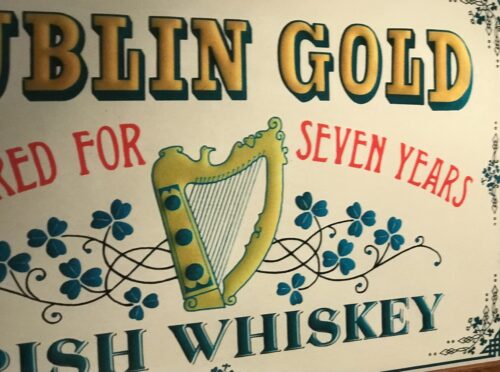
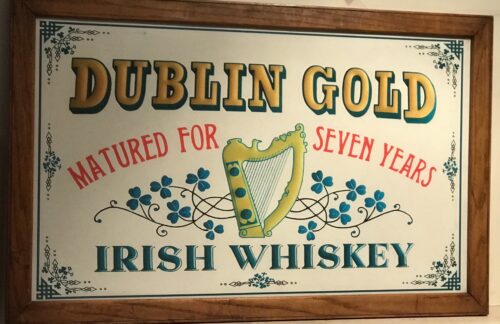

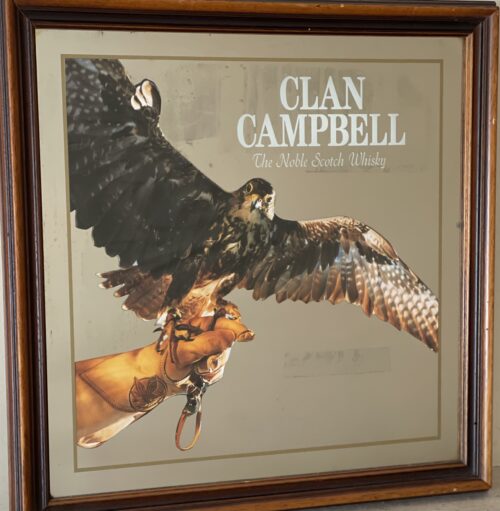








 The Rising was planned in secret by seven men, mostly of the Irish Republican Brotherhood or IRB, who had formed a “Military Council” to this end just after the outbreak of the First World War. They were, Tom Clarke, Sean McDermott, Patrick Pearse, Thomas MacDonagh, Joseph Plunkett, James Connolly and Eamon Ceannt.
Their plans were not known to the membership of the Volunteers at large or to the leaders of the IRB and Volunteers, Dennis McCullough, Bulmer Hobson and Eoin MacNeill.
They had arranged with the Germans for a large importation of arms to be delivered on Good Friday, April 21st, but this shipment was discovered by the British off Kerry and its cargo lost.
At the last minute, the plans for the Rising were revealed to Eoin MacNeill who tried to call off the rebellion by issuing a “countermanding order”, but actually just postponed the outbreak from Easter Sunday to the next day, Monday.
The insurgents proclaimed an Irish Republic with Pearse as President and Connolly as commander in chief. They occupied positions around Dublin at the General Post Office (GPO), the Four Courts, the South Dublin Union, Boland’s Mill, Stephen’s Green and Jacobs’ biscuit factory.
The Rising was planned in secret by seven men, mostly of the Irish Republican Brotherhood or IRB, who had formed a “Military Council” to this end just after the outbreak of the First World War. They were, Tom Clarke, Sean McDermott, Patrick Pearse, Thomas MacDonagh, Joseph Plunkett, James Connolly and Eamon Ceannt.
Their plans were not known to the membership of the Volunteers at large or to the leaders of the IRB and Volunteers, Dennis McCullough, Bulmer Hobson and Eoin MacNeill.
They had arranged with the Germans for a large importation of arms to be delivered on Good Friday, April 21st, but this shipment was discovered by the British off Kerry and its cargo lost.
At the last minute, the plans for the Rising were revealed to Eoin MacNeill who tried to call off the rebellion by issuing a “countermanding order”, but actually just postponed the outbreak from Easter Sunday to the next day, Monday.
The insurgents proclaimed an Irish Republic with Pearse as President and Connolly as commander in chief. They occupied positions around Dublin at the General Post Office (GPO), the Four Courts, the South Dublin Union, Boland’s Mill, Stephen’s Green and Jacobs’ biscuit factory.





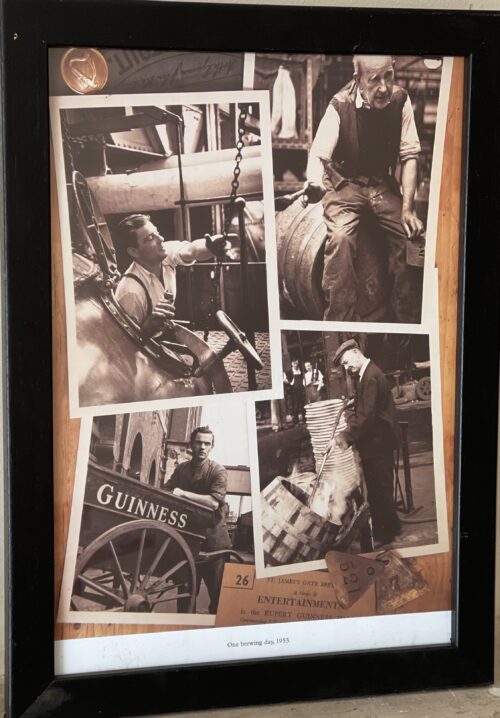

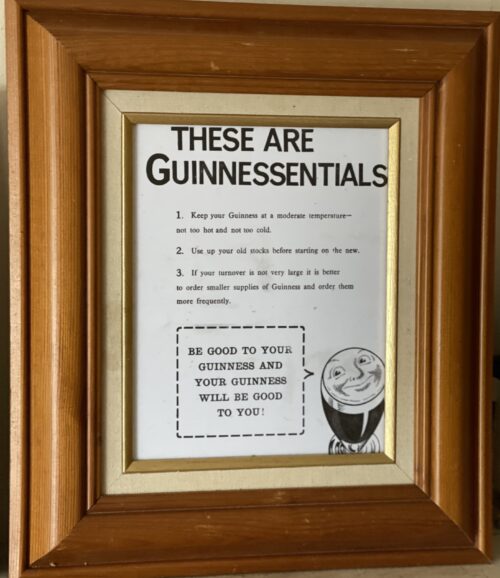



“Many arrested as city crowds run riot.”“Cars were overturned in Abbey Street and O’Connell Street, at least 50 people were treated for minor injuries, while three people were taken to hospital with fractured legs and arms.”A young man was also hospitalized after being stabbed. Two hundred police and three fire brigades arrived. Buses and taxis were halted in the melee. Only the ringing of the fire bells seemed to settle down the crowd, but soon more crowds arrived and fights began anew. “One group of youths pushed a parked car into half a dozen policemen who were trying to get them out of the street,” reported the Times. “St John’s Ambulance men treated men and women on the footpaths while the crowds swirled around them.”
“A pity, this, because the Beatles, in spite of their theatrical gimmicks, their long locks, and ‘with-it’ suits, have a great act…God knows, Dublin has never seen anything like the Beatles.”Indeed they had not. Nor would they ever see their likes again. Despite their multiple Irish connections, the four lads would never be back, and more’s the pity.





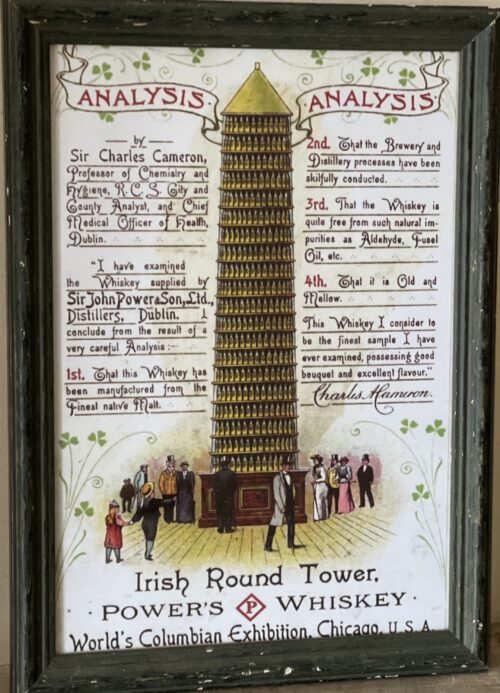
 The Still House at John’s Lane Distillery, as it looked when Alfred Barnard visited in the 1800s.
The Still House at John’s Lane Distillery, as it looked when Alfred Barnard visited in the 1800s.




Ulster is becoming Britain’s Vietnam,” Senator Edward M Kennedy, the youngest of three exceptionally accomplished brothers in the United States’ most famous Irish family, told the US Senate in the autumn of 1971.
This year marks an important anniversary for the Kennedys, the Irish and the world, for it was 50 years ago when Ted Kennedy set his sights on peace in Northern Ireland. And, from that moment to the miracle of Stormont, in 1998, that secured peace, Ted spearheaded the United States’ peace-making efforts. He pushed presidents, worked with key Senate and House members of Irish descent, testified before Congress, delivered speeches, wrote articles, visited the region and met leaders on both sides of the conflict.
Jack, Bobby and Ted Kennedy were all proudly Irish. They all spoke of the anti-Irish bigotry that had plagued their ancestors in the United States. Jack visited Ireland to trace his roots and, while there as president in 1963, called it “the land for which I hold the greatest affection”. Ted came in 1964 in grief after Jack’s murder, and he spent more time trying to end the Troubles in Northern Ireland than on any other global challenge.
Joe and Rose led discussions about the world with the boys over meals, and Joe invited prominent people, such as aviator Charles Lindbergh and media mogul Henry Luce, to dine with them and enrich the conversations
Ted’s peace-making in Northern Ireland, however, reflects far more than the proud Irishness that he shared with his brothers. It also reflects perhaps the most fascinating and consequential story about the Kennedy brothers that hardly anyone knows – a story with important lessons for the United States of today.
Most people know that Joe and Rose Kennedy groomed their sons for success. They started with Joe jnr, who died at war in 1944 at the age of 29, and continued through Jack, Bobby and Ted. What most people don’t know (and what I explore in my new book, The Kennedys in the World: How Jack, Bobby, and Ted Remade America’s Empire) is that, from the time the brothers were little boys, Joe and Rose pushed them not just to succeed but to look beyond the United States’ borders – to learn about the world, care about the world and, once they attained power, shape the United States’ role in the world.





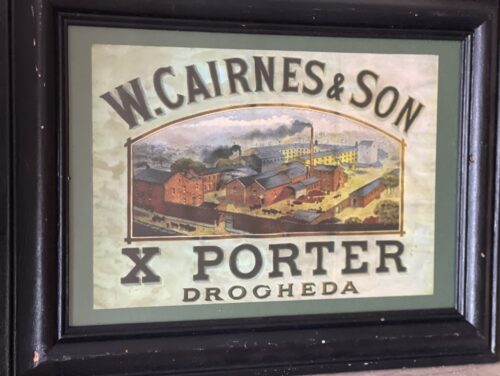



A quarter of a century after it first aired, Father Ted, one of television’s most loved sitcoms, has officially stamped itself on popular culture.
Ireland’s post service, An Post, issued a set of stamps on Thursday to celebrate its characters and one-liners and to mark the show’s 25thanniversary.
Phrases forever associated with Craggy Island, the fictional home of three wayward priests and their housekeeper, now adorn four stamps: “That’s mad, Ted”, “Will you have a cup of tea, Father?”, “That money was just resting in my account” and “That would be an ecumenical matter”.
Retro wallpaper in the background of each stamp matches different rooms in the parochial house where Fr Ted, Fr Dougal, Fr Jack and Mrs Doyle played out surreal scenes that entered comedy lore.
“I don’t think until today it has sunk in what a huge thing it is, what an honour,” Pauline McLynn, who played Mrs Doyle, told the Guardian. “How many people do you know can say ‘I was once on a stamp’?”
The writers, cast and crew never imagined that the show, which ran for three seasons from 1995 to 1998, would become so popular or enduring, said the actor.
“I often wonder about the staying power. It’s incredibly stupid and properly funny. We made it 25 years ago and now kids are still finding it incredibly funny. You always hope that things you’re proud of will last the test of time.”

Written by Graham Linehan and Arthur Matthews, Father Ted was made by Hat Trick Productions for Channel 4. It won multiple awards including Baftas and rivals Fawlty Towers and Seinfeld for funniest comedy in viewer polls.
In a survey commissioned by An Post, more than a third of respondents said they cited lines from the show on a weekly basis. Best-loved episodes included Hell, Speed 3, Kicking Bishop Brennan up the Arse and A Song For Europe.
Pandemic lockdowns and restrictions had increased appreciation for letters and postcards, said McLynn. “Weirdly now is an excellent time to launch the stamps.”
The actor experienced a Ted-esque moment on Thursday when an RTÉ radio interviewer said the nation looked forward to licking her and putting her on an envelope. She looked forward to it too, she replied.
“I can’t believe he went there,” she said later. The stamps were self-adhesive but McLynn wondered if An Post could issue some lickable ones. “Maybe collectors’ items.”
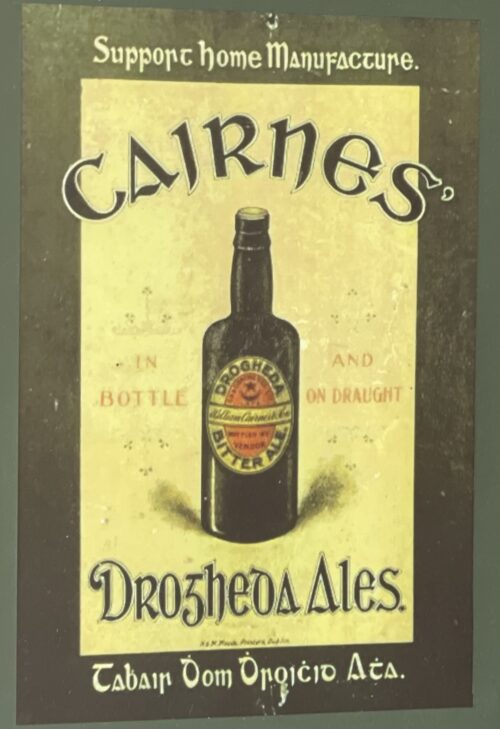



 However, the Limerick players of 2007 will go down as heroes on Shannonside, regardless of a sub-standard performance on the first Sunday of September.
After an epic Munster championship, which saw Richie Bennis’s side go to two replays with Tipperary, eventually coming out on top after extra-time in the third game before succumbing to a Dan Shanahan inspired Waterford in the final, Limerick went on to gather a momentum that would see them all the way to a clash with Brian Cody’s charges with the All Ireland title on the line.
However, the Limerick players of 2007 will go down as heroes on Shannonside, regardless of a sub-standard performance on the first Sunday of September.
After an epic Munster championship, which saw Richie Bennis’s side go to two replays with Tipperary, eventually coming out on top after extra-time in the third game before succumbing to a Dan Shanahan inspired Waterford in the final, Limerick went on to gather a momentum that would see them all the way to a clash with Brian Cody’s charges with the All Ireland title on the line.
 Henry Shefflin was the Cats captain that year and notched 1-2 for himself on the big day, while Eddie Brennan top-scored with a tally of 1-5.
Henry Shefflin was the Cats captain that year and notched 1-2 for himself on the big day, while Eddie Brennan top-scored with a tally of 1-5.


An oil painting of a street musician who played regularly in Limerick city, was painted in oil on canvas. The subject, uileann piper Pádraig Ó Briain (there are several variant spellings of his name on record), occupied a space on the corner of the Crescent and Hartstonge Street in Limerick and presumably Haverty noticed him there. Pipers were esteemed in Ireland and were a popular subject. Haverty had a sound instinct for what would appeal to an audience. He transposed the piper from an urban to a woodland setting, which is theatrical but effective, and the painting seems to have been known under several different titles, including The Father and Daughter (O’Brien had two daughters but opinions differ as to whether the girl depicted was one of them), The Blind Piper and The Irish Piper.
Reproduced as a print under the title The Limerick Piper, it sold widely throughout the country and became extremely well-known. Haverty made another quite different painting of the piper, now in the University of Limerick collection, but he also made copies of his own work.
To complicate things slightly: The Blind Piper was exhibited by the RHA in 1845, when it was praised in the Nation. It was perhaps this version that Sir Josslyn Gore-Booth bought and exhibited at the Cork exhibition in 1852. But there were other versions in circulation. Young Irelander William Smith O’Brien reputedly commissioned a copy from Haverty, and bequeathed it to the National Gallery of Ireland in 1864.
The Blind Piper is included in the exhibition Oidhreacht: Transforming Tradition at the Highlanes Gallery, Laurence Street, Drogheda, Co Louth (July 13th – September 14th), timed to coincide with Fleadh Cheoil na hÉireann which takes place July 10th-18th in Drogheda.
The annual week-long festival, a lively mix of summer school, competition and a packed programme of traditional music concerts attracts up to 500,000 people from throughout Ireland North and South, the UK and internationally. The exhibition of art and artefacts is drawn from Drogheda’s Municipal Art Collection as well as those of major public museums, including the National Gallery of Ireland and Imma. It aims to explore “the rich social, political and aesthetic contexts in which the traditional arts have been expressed”.


“Many arrested as city crowds run riot.”“Cars were overturned in Abbey Street and O’Connell Street, at least 50 people were treated for minor injuries, while three people were taken to hospital with fractured legs and arms.”A young man was also hospitalized after being stabbed. Two hundred police and three fire brigades arrived. Buses and taxis were halted in the melee. Only the ringing of the fire bells seemed to settle down the crowd, but soon more crowds arrived and fights began anew. “One group of youths pushed a parked car into half a dozen policemen who were trying to get them out of the street,” reported the Times. “St John’s Ambulance men treated men and women on the footpaths while the crowds swirled around them.”
“A pity, this, because the Beatles, in spite of their theatrical gimmicks, their long locks, and ‘with-it’ suits, have a great act…God knows, Dublin has never seen anything like the Beatles.”Indeed they had not. Nor would they ever see their likes again. Despite their multiple Irish connections, the four lads would never be back, and more’s the pity.





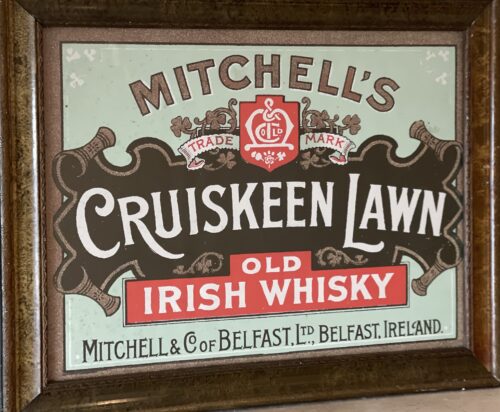
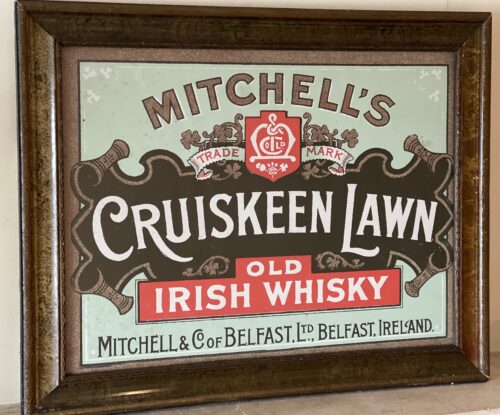
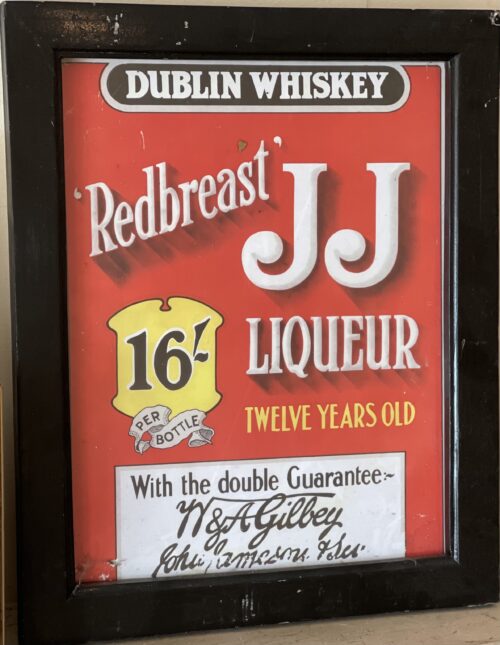
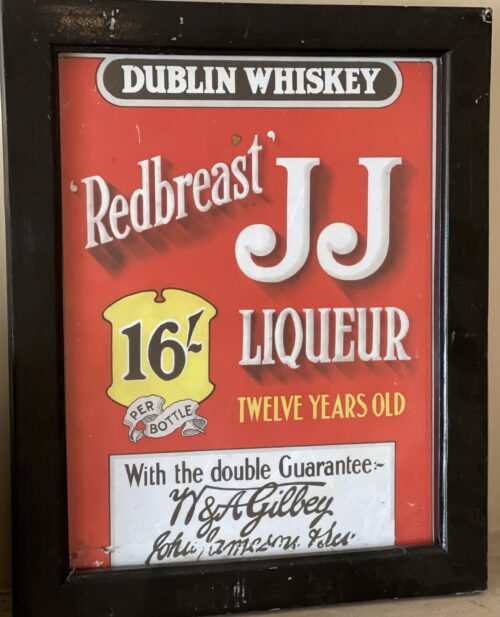


















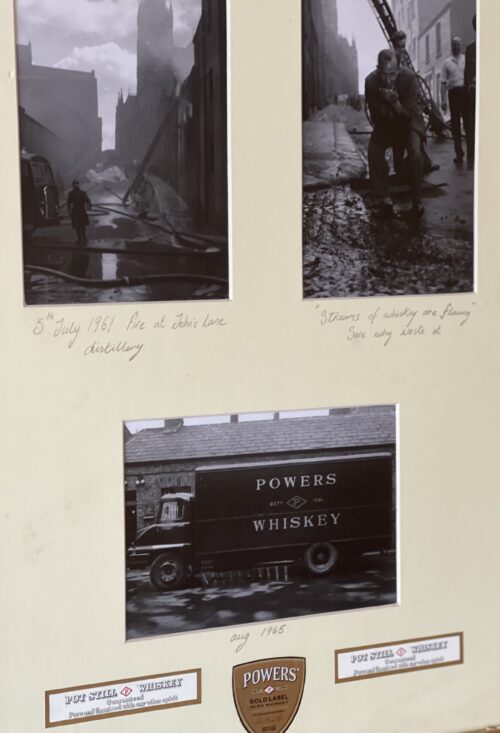
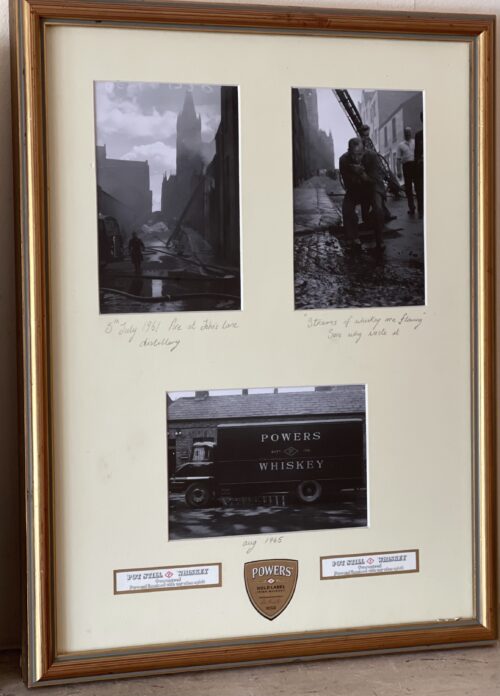
 The Still House at John's Lane Distillery, as it looked when Alfred Barnard visited in the 1800s.
The Still House at John's Lane Distillery, as it looked when Alfred Barnard visited in the 1800s.


In 1920 the War of Independence was ongoing in Ireland.
On the morning of November 21st, an elite assassination unit known as ‘The Squad’ mounted an operation planned by Michael Collins, Director of Intelligence of the Irish Republican Army (IRA). Their orders were clear – they were to take out the backbone of the British Intelligence network in Ireland, specifically a group of officers known as ‘The Cairo Gang’. The shootings took place in and around Dublin’s south inner city and resulted in fourteen deaths, including six intelligence agents and two members of the British Auxiliary Force. Later that afternoon, Dublin were scheduled to play Tipperary in a one-off challenge match at Croke Park, the proceeds of which were in aid of the Republican Prisoners Dependents Fund. Tensions were high in Dublin due to fears of a reprisal by Crown forces following the assassinations. Despite this a crowd of almost 10,000 gathered in Croke Park. Throw-in was scheduled for 2.45pm, but it did not start until 3.15pm as crowd congestion caused a delay.




Mick The Miller,as featured in this iconic advert, was the most famous greyhound of all time. He was born in 1926 in the village of Killeigh, County Offaly, Ireland at Millbrook House(only 5 miles from Tullamore), the home of parish curate, Fr Martin Brophy. When he was born Mick was the runt of the litter but Michael Greene, who worked for Fr Brophy, singled the little pup out as a future champion and insisted that he be allowed to rear him. With constant attention and regular exercise Mick The Miller developed into a racing machine. His first forays were on local coursing fields where he had some success but he showed his real talent on the track where he won 15 of his first 20 races.
.jpg)
In 1929 Fr Brophy decided to try Mick in English Greyhound Derby at White City, London. On his first trial-run, Mick equalled the track record. Then, in his first heat, he broke the world record, becoming the first greyhound ever to run 525 yards in under 30 seconds. Fr Brophy was inundated with offers and sold him to Albert Williams. Mick went on to win the 1929 Derby. Within a year he had changed hands again to Arundel H Kempton and won the Derby for a second time.
Over the course of his English career he won 36 of his 48 races, including the Derby (twice), the St Leger, the Cesarewitch, and the Welsh Derby. He set six new world records and two new track records. He was the first greyhound to win 19 races in a row. Several of his records went unbroken for over 40 years. He won, in total, almost £10,000 in prizemoney. But he also became the poster-dog for greyhound racing. He was a celebrity on a par with any sports person, muscisian or moviestar. The more famous he became, the more he attracted people to greyhound racing. Thousands thronged to watch him, providing a huge boost to the sport. It is said that he actually saved the sport of greyhound racing.


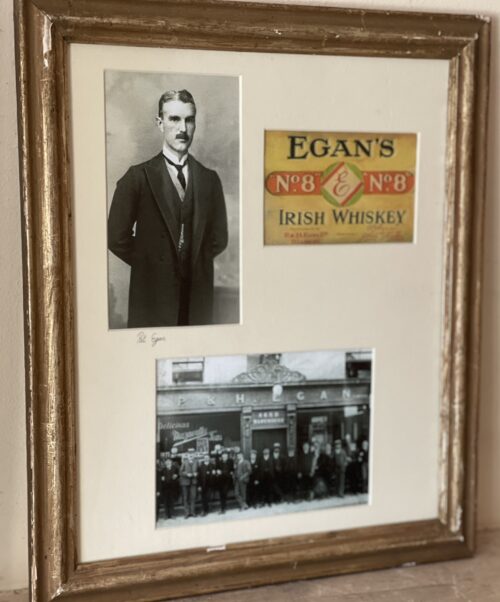
The surviving Egan did indeed marry, ensuring the survival of his bloodline and carrying the Egan name into the 18th century. This is the backdrop to a fascinating legacy that lives on to this day.
Patrick's sons, Patrick James and Henry James Egan, established P. & H. Egan Limited and grew the business into a well-recognised and prosperous enterprise, one of the most important in the region at the time
Not only was he the driving force for expanding the business into its many interests but also instilled some the highest of standards regarding work practices at the time.
The Egan brothers were formidable businessmen, whose passion and drive left an indelible mark on the commercial, political and social history of Tullamore, in the heart of Ireland.
Upon his release, Henry was to become a town commissioner and was elected the first Chairman of Kings County Council.
Egan’s Tullamore Ale was recognised as the finest dinner ale available in Ireland at the time. Indeed, such was the reputation of our whiskeys and ales, expansion into the much larger UK market quickly took hold.
Spain was arrested at the Egan's workshop and taken to Tullamore R.I.C Barracks, before being released one month later. He fought right through the War of Independence and moved steadily up the ranks of the Irish army, becoming a Company Captain soon after.
The Egan family set about resurrecting their family brand in 2013. Family members from across the globe, across generations, came together and reformed P. & H. Egan Ltd. Family-owned and operated, the Egan’s portfolio embodies the true spirit of Irish whiskey, six generations in whiskey.